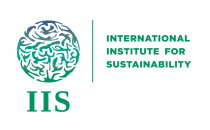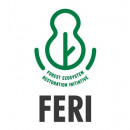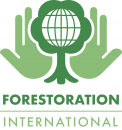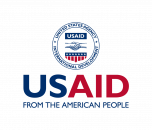Spatial Planning
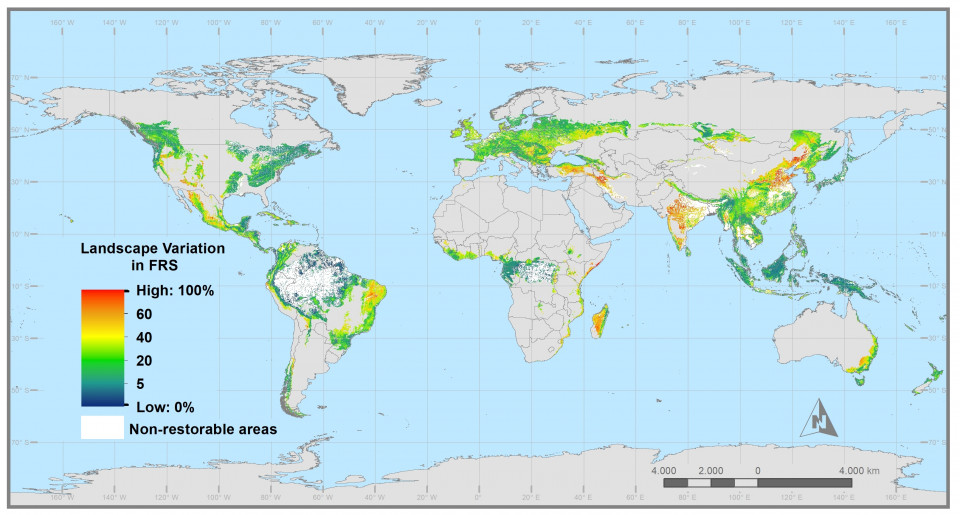
Systematic spatial planning can be adopted to minimise land use conflicts and maximise benefits from forest and landscape restoration (FLR)
As the global community prepares to scale up efforts on FLR, systematic spatial planning will play a key role in informing decision-making to achieve balanced and equitable benefits and costs.
For variations in expected benefits and costs that can be described spatially, we can adopt “systematic spatial planning” approaches. It aims to guide FLR practices that maximise a variety of long-term benefits, while minimising restoration costs and conflict with agricultural production. Systematic spatial planning takes into account stakeholder preferences, budget limitations, social needs and other key factors.
It is now possible to spatially predict and identify, with high certainty, suitable areas for assisted natural regeneration
A major barrier to the use of natural regeneration in FLR has been the ability to identify where this strategy can be successful and where more active restoration strategies might be needed. Thanks to cutting-edge technologies, a spatial predictive model has been created to analyse the socio-environmental conditions favoring successful natural regeneration. Such planning helps to ensure that decision makers don’t target costly and laborious planting efforts in areas with a high suitability to regrow on their own or with low-cost assistance.
A global spatial predictive model and map of the suitability for assisted natural regeneration within forest tropical regions is currently under development by the ICEED, the Center for International Forestry Research, and Conservation International. This will soon enable decision-makers and land-use planners to develop cost-effective restoration plans that consider high priority natural regeneration areas.
Related Content
Capacity Exchange Sessions
12.12.22
ICEED at the UN Biodiversity Conference (COP 15)
Evaluation of the Forest Landscape Integrity Index and the potential for application to monitoring forest conservation outcomes
Integrating Biophysical and Socioeconomic Data to Inform Forest Landscape Restoration Decisions: Proof-of-Concept of a Prototype Decision Support Tool in Uganda
Global priority areas for ecosystem restoration
Integrating strict protection and sustainable use areas to preserve the Brazilian Pampa biome through conservation planning
Minimising the loss of biodiversity and ecosystem services in an intact landscape under risk of rapid agricultural development
Planning forest restoration within private land holdings with conservation co-benefits at the landscape scale
Achieving cost-effective landscape-scale forest restoration through targeted natural regeneration
A new approach to map landscape variation in forest restoration success in tropical and temperate forest biomes
Global restoration opportunities in tropical rainforest landscapes
Strategic approaches to restoring ecosystems can triple conservation gains and halve costs
Fair tests of the habitat amount hypothesis require appropriate metrics of patch isolation: An example with small mammals in the Brazilian Atlantic Forest
Planning protected areas network that are relevant today and under future climate change is possible: the case of Atlantic Forest endemic birds
Moment of truth for the Cerrado hotspot
Optimising the spatial planning of prescribed burns to achieve multiple objectives in a fire-dependent ecosystem
Best practice for the use of scenarios for restoration planning
Incorporating landscape ecology metrics into environmental impact assessment in the Brazilian Atlantic Forest
Reconciling rural development and ecological restoration: Strategies and policy recommendations for the Brazilian Atlantic Forest
The role of natural regeneration to ecosystem services provision and habitat availability: a case study in the Brazilian Atlantic Forest
Natural regeneration and biodiversity: a global meta-analysis and implications for spatial planning
The use of native vegetation as a proxy for habitat may overestimate habitat availability in fragmented landscapes
Incorporating habitat availability into systematic planning for restoration: a species-specific approach for Atlantic Forest mammals
Creating space for large-scale restoration in tropical agricultural landscapes
The effects of the number, size and isolation of patches along a gradient of native vegetation cover: how can we increment habitat availability?
The importance of using sustainable use protected areas for functional connectivity
Predicting and mapping the potential for natural regeneration in tropical forests
09.09.20
Webinar Series: A decision support platform for spatial optimisation planning of forest ecosystem restoration (WePlan – Forests)
15.03.20
IIS AU and the UN Convention on Biological Diversity conducted a capacity exchange workshop for systematic spatial planning of restoration in Castries, Saint Lucia
WePlan – Forests: A decision support platform for the spatial optimisation planning of tropical forest ecosystem restoration
30.09.19
IIS Introduce Restoration Project in South Africa´s Conference
12.11.15

